East Asian Cinemas: Exploring Transnational Connections on Film
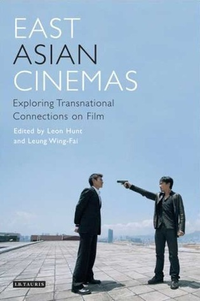
Summary
Cinemas from East Asia are among the most exciting and influential in the world. They are attracting popular and critical attention on a global scale, with films from the region circulating as art house, cult, blockbuster and 'extreme' cinema, or as Hollywood remakes. This book explores developments in the global popularity of East Asian cinema, from Chinese martial arts, through Japanese horror, to the burgeoning new Korean cinema, with particular emphasis on crossovers, remakes, hybrids and co-productions. It examines changing cinematic traditions in Asia alongside the 'Asianisation' of western cinema. It explores the dialogue not only between 'East' and 'West', but between different cinemas in the Asia Pacific. What do these trends mean for global cinema? How are co-productions and crossover films changing the nature of Hollywood and East Asian cinemas? The book includes in-depth studies of Park Chan-wook, 'Infernal Affairs', 'Seven Samurai', and 'Princess Mononoke'.
Similar Books
-
 German National Cinema
German National Cinemaby Sabine Hake
-
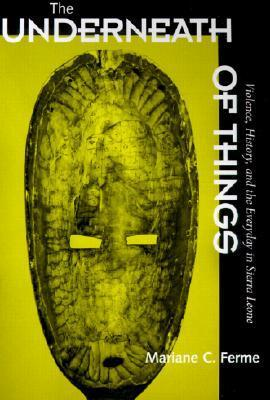
-
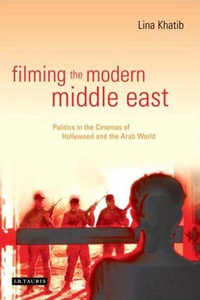
-
 Contemporary Korean cinema: Culture, identity and politics
Contemporary Korean cinema: Culture, identity and politicsby Hyangjin Lee
-
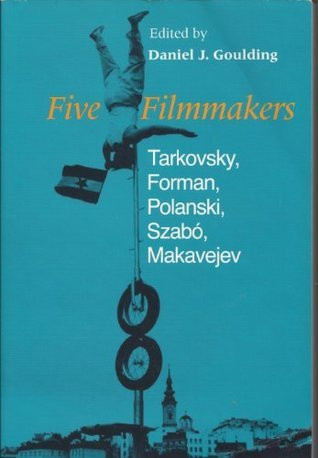 Five Filmmakers: Tarkovsky, Forman, Polanski, Szabo, Makavejev
Five Filmmakers: Tarkovsky, Forman, Polanski, Szabo, Makavejevby Daniel J. Goulding
-
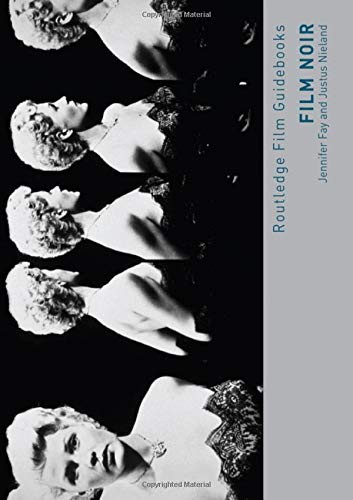
-
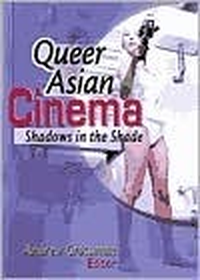 Queer Asian Cinema: Shadows in the Shade
Queer Asian Cinema: Shadows in the Shadeby Andrew Grossman
-
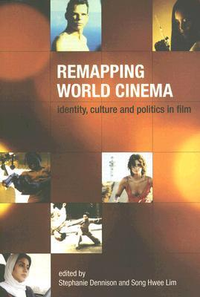 Remapping World Cinema: Identity, Culture, and Politics in Film
Remapping World Cinema: Identity, Culture, and Politics in Filmby Song Hwee Lim
-

-
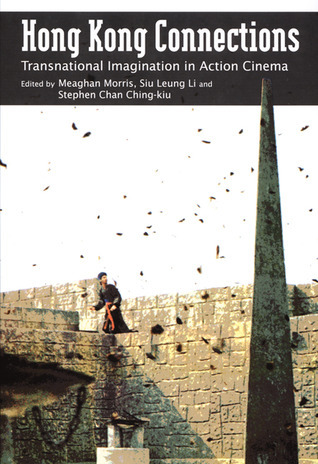 Hong Kong Connections: Transnational Imagination in Action Cinema
Hong Kong Connections: Transnational Imagination in Action Cinemaby Meaghan Morris
-

-
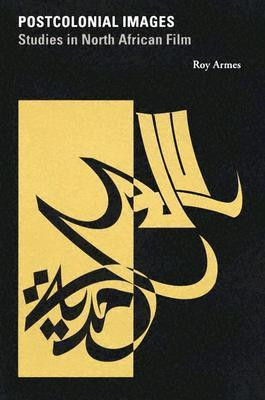 Postcolonial Images: Studies in North African Film
Postcolonial Images: Studies in North African Filmby Roy Armes
-
 The British Slave Trade and Public Memory
The British Slave Trade and Public Memoryby Elizabeth Kowaleski Wallace
-

-
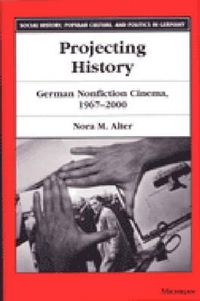 Projecting History: German Nonfiction Cinema, 1967-2000
Projecting History: German Nonfiction Cinema, 1967-2000by Nora M. Alter